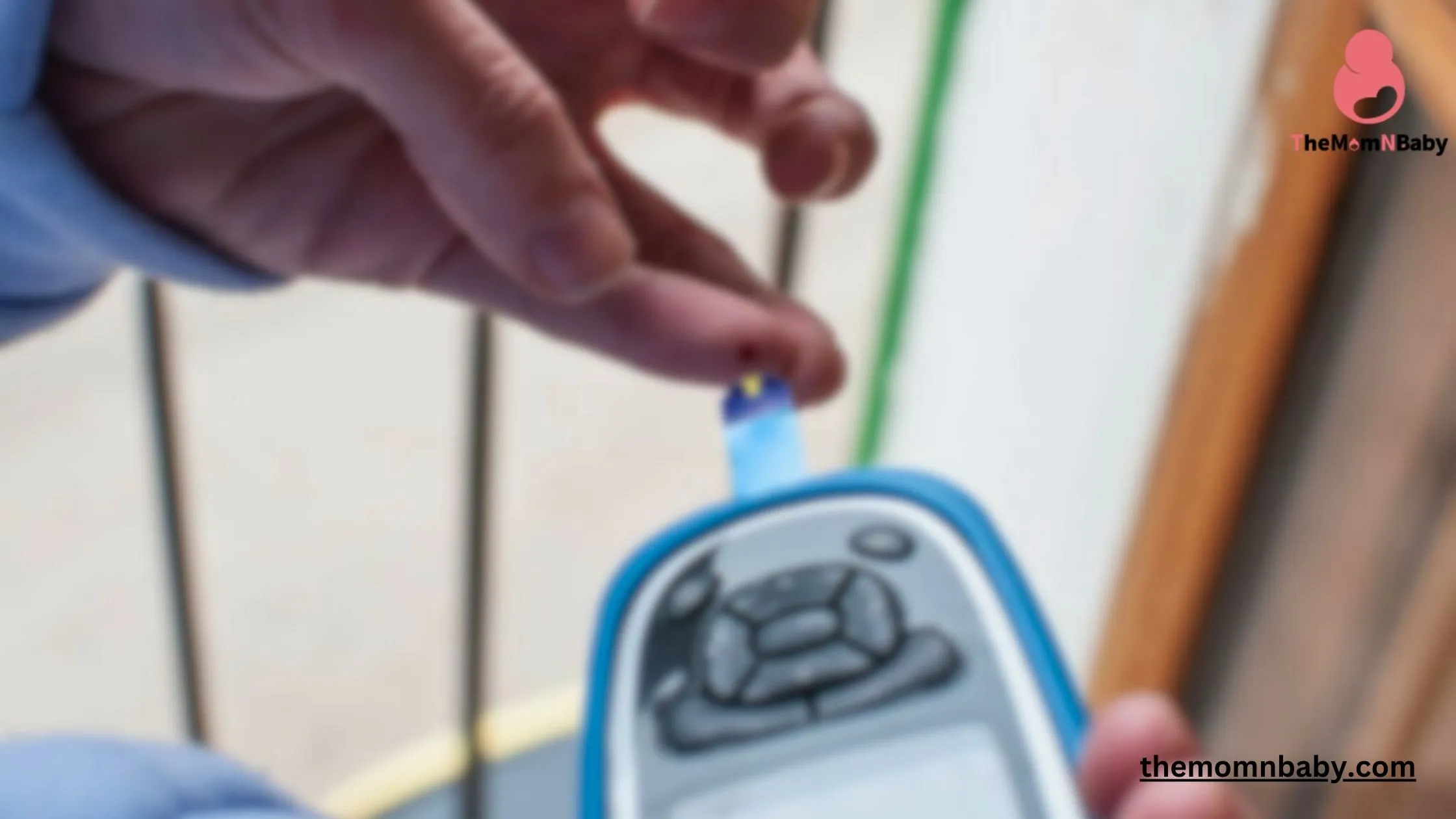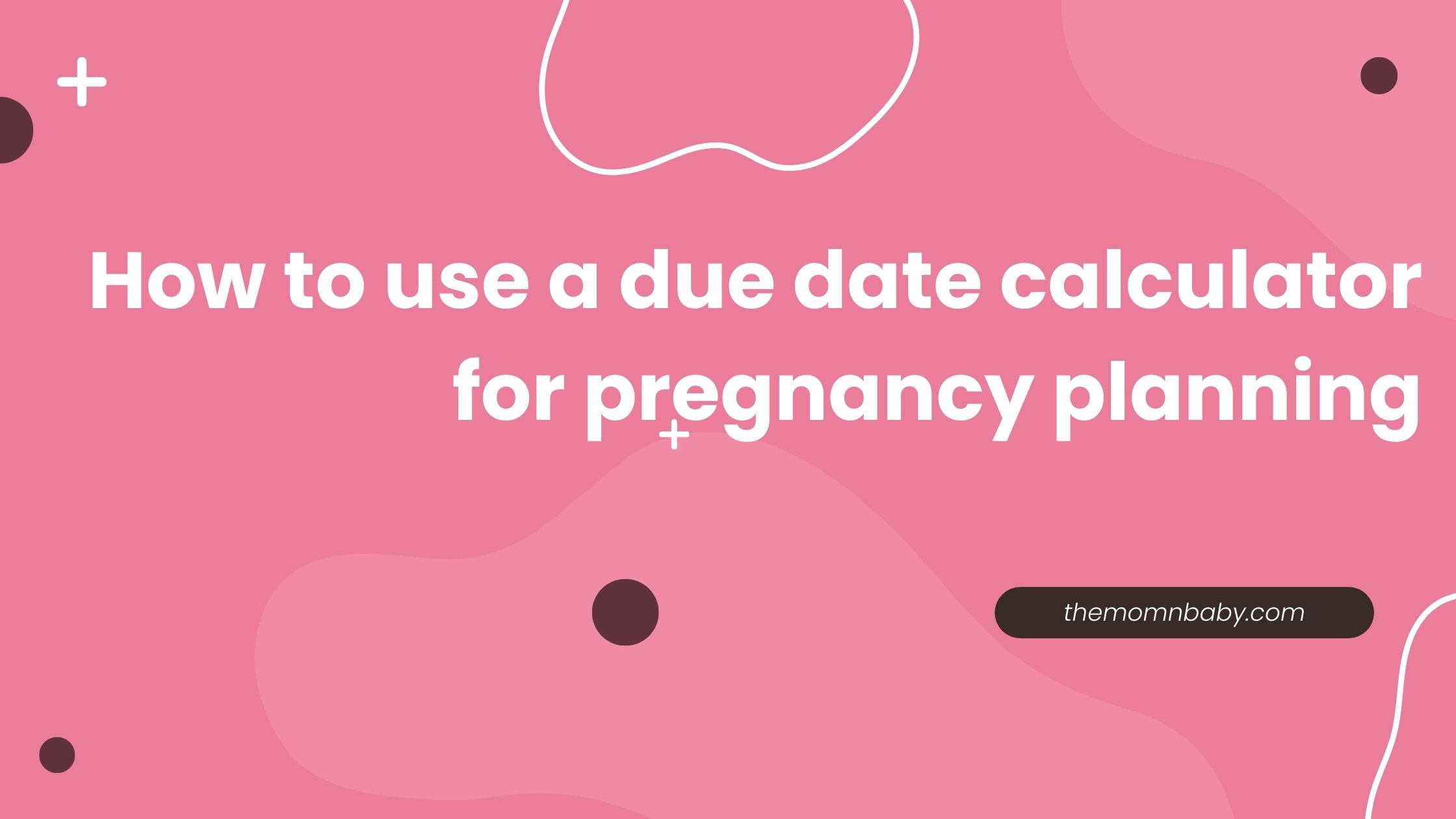
“Curious about Gestational Diabetes? Wondering what the Symptoms, Causes, and Treatment entail? Let’s explore together!”
Gestational diabetes, which is also known as gestational diabetes, is when a pregnant person’s blood sugar levels go up, even if they don’t have many risk factors. This happens in about 10% of pregnancies. The good news is that if we find it early and treat it right, people with this type of diabetes can have healthy pregnancies and give birth to healthy babies. We usually do this by changing the foods we eat, getting regular exercise, and sometimes taking medicine or insulin with the help of a doctor. We also need to check our blood sugar levels and do what the doctor says.
It’s really important for pregnant people to know about gestational diabetes and work closely with their healthcare team. This way, we can reduce problems and have a healthy pregnancy. By learning and taking action, pregnant individuals can make sure their pregnancy goes well.
Understanding Signs and Symptoms of Gestational Diabetes
Gestational diabetes typically doesn’t show any signs. When symptoms do occur, they are usually mild and resemble those found in other types of diabetes.
If you have gestational diabetes, you might:
- Feel hungrier or thirstier than usual.
- Need to use the bathroom more often.
- Experience nausea and vomiting.
- Have trouble seeing clearly.
- Lose weight without changing your diet or activity levels.
Some symptoms of gestational diabetes are also common during pregnancy, like increased urination and morning sickness.
If you’re concerned about any symptoms, it’s important to discuss them with your doctor.
Causes of Gestational Diabetes
Gestational diabetes occurs when a pregnant person’s blood sugar (glucose) levels become too high (a condition called hyperglycemia). Many factors contribute to the development of this condition, including genetics and changes that are unique to pregnancy.
What Happens with Blood Sugar in Gestational Diabetes?
During pregnancy, the placenta provides a growing baby with essential nutrients. This special organ also makes hormones, some of which can make insulin, a hormone, less effective.
Insulin resistance is when insulin can’t properly move sugar from the blood to the body’s cells for energy. This usually starts around 20 weeks to 24 weeks into pregnancy, which is why they check for gestational diabetes around this time.
The pancreas usually makes more insulin to make up for this insulin resistance. But in some pregnant people, the body can’t keep up with insulin production, leading to high blood sugar levels and a diagnosis of gestational diabetes.
Genetic Factors
- Gestational diabetes seems to result from a mix of genetics and environmental factors. It often runs in families because of a genetic tendency. Many people with gestational diabetes have a close family member, like a parent or sibling, who has the condition or another type of diabetes, like type 2 diabetes. Having a genetic tendency doesn’t mean you’ll definitely get gestational diabetes while pregnant. Other factors like your age, weight, activity level, diet, previous pregnancies, and smoking also affect your risk.
Weight
- Gaining too much weight during pregnancy, especially if you were overweight before becoming pregnant, has been linked to gestational diabetes. Your doctor will discuss your weight goals during your pregnancy. While gaining weight is normal and necessary during pregnancy, your weight goals may be different if you have gestational diabetes.
Diagnosing Gestational Diabetes
Doctors usually check for gestational diabetes around 24 to 28 weeks into pregnancy. If you’re at higher risk, they might do the test earlier.
Glucose Challenge Test
The primary examination for gestational diabetes is the glucose challenge. It has two parts.
Part 1:
- You don’t need to fast for this. You’ll drink a sugary drink with 50 grams of glucose. After an hour, they’ll check your blood sugar.
- If your blood sugar is higher than 140 mg/dl, you’ll need to do the second part.
Part 2:
This test is called the oral glucose tolerance test (OGTT). You have to fast for it and drink a solution with 100 grams of glucose. They’ll check your blood three times – one, two, and three hours after you drink it.
If two or more of your results are higher than the numbers in the table below, you’ll be diagnosed with this type of diabetes:
– Fasting: 95 mg/dl or more
– 1 hour: 180 mg/dl or more
– 2 hours: 155 mg/dl or more
– 3 hours: 140 mg/dl or more
75g Glucose Tolerance Test
- Your doctor might use the 75g oral glucose tolerance test. You’ll have to fast for eight hours before the test.
- You’ll drink a 75g glucose beverage, and then they’ll check your blood sugar every hour for two hours.
- If your fasting blood sugar is 92 mg/dl or more, or your blood sugar is 180 mg/dl or more at one hour, or 153 mg/dl or more at two hours, it means you have gestational diabetes.
Treatment for Gestational Diabetes
If you have In this type of diabetes, your primary goal is to keep your blood sugar levels similar to those of pregnant individuals without gestational diabetes. Here’s how you can manage it:
Monitoring and Controlling Blood Sugar:
- You’ll need to check your blood sugar regularly, change your diet, and engage in physical activity (unless your doctor advises against it).
Working with Specialists:
- A registered dietitian or certified diabetes care and education specialist can help you learn about diabetes self-management, including meal planning, blood sugar testing, and medication management if necessary.
Testing Your Blood Sugar:
- You’ll use a glucometer to check your blood sugar levels. The American Diabetes Association suggests certain blood sugar ranges for different times of the day.
Insulin:
- Some people with gestational diabetes may need insulin to manage their blood sugar levels. It doesn’t mean you failed; it just means your body needs extra help.
Nutrition:
- Your healthcare provider will likely recommend dietary changes, particularly regarding carbohydrates, which significantly affect blood sugar levels.
Exercise:
- Regular physical activity, if approved by your doctor, can help manage insulin resistance and improve blood sugar levels during pregnancy.
- Read More : 20 Essential Tips For Prenatal Exercise : Maximizing Safety And Well-Being
Risk Factors
This can affect anyone, but some factors make it more likely. These include:
- Prior Gestational Diabetes: If you had gestational diabetes in a previous pregnancy, you’re at a higher risk.
- Family History: If your family has a history of diabetes, it increases your risk.
- Ethnic Background: Certain ethnicities, including African, Asian, Hispanic, Native American, or Pacific Island descent, have a higher risk.
- Weight: Being overweight or obese before pregnancy raises your risk.
- Inactivity: If you don’t get much physical activity, it’s a risk factor.
- Large Baby: If you had a big baby (nine pounds or more) in a previous pregnancy, your risk goes up.
- Age: If you’re over 25, your risk is higher.
- High Blood Pressure: A history of high blood pressure can increase your risk.
- Heart Disease: If you have a history of heart disease, your risk is elevated.
- Polycystic Ovarian Syndrome (PCOS): PCOS is another risk factor.
These factors can make your pregnancy diabetes more likely, but remember that it can still happen even if you don’t have these risk factors.
Coping with Gestational Diabetes
Coping with this diabetes during pregnancy can be tough because it adds to the usual pregnancy changes. But remember, it often goes away after giving birth. Don’t hesitate to get help from your loved ones, healthcare team, or a mental health expert to deal with these changes.
After you’ve had your baby, you still need to be careful about your health. Your doctor will check for diabetes, so keep following their advice.
After Delivery
In this type of diabetes increases the risk of developing type 2 diabetes in the future. However, lifestyle changes made during pregnancy can reduce this risk. It’s recommended that individuals with gestational diabetes get tested for prediabetes and type 2 diabetes four to 12 weeks after giving birth. Lifelong screening for prediabetes and type 2 diabetes every three years is also advised.
If you are diagnosed with prediabetes after giving birth, your doctor will recommend continued lifestyle changes, such as a healthy diet, exercise, stress reduction, and weight management.
Remember that gestational diabetes can be challenging, but the changes you make are vital for your and your baby’s health and a successful labor and delivery. Everyone who is pregnant gets screened for this type of diabetes, and if you have specific risk factors, your doctor may recommend the test earlier.





